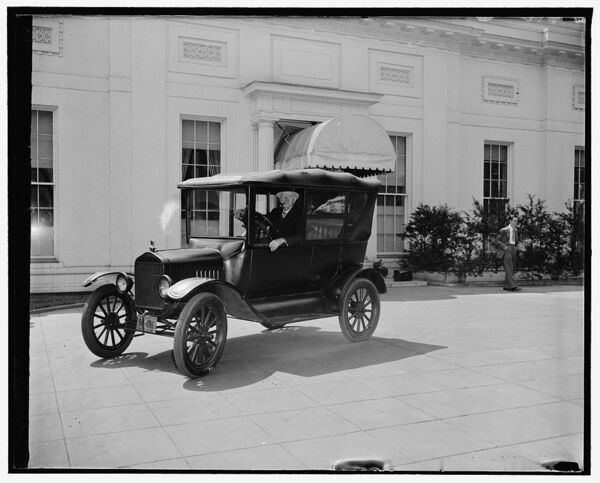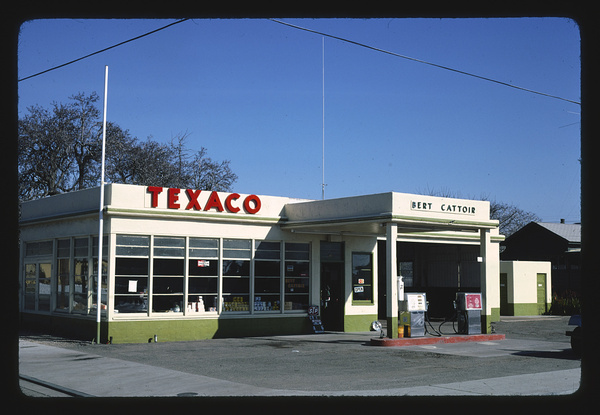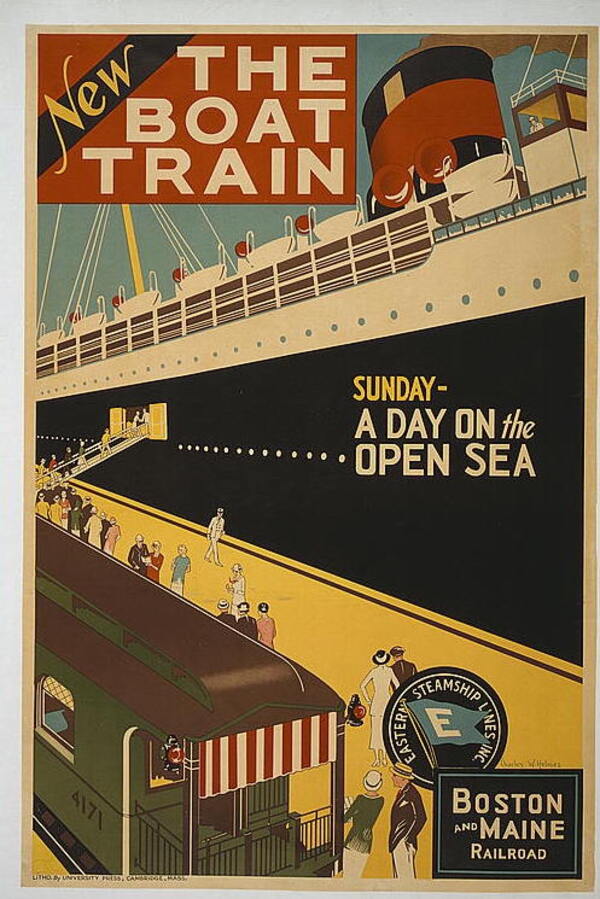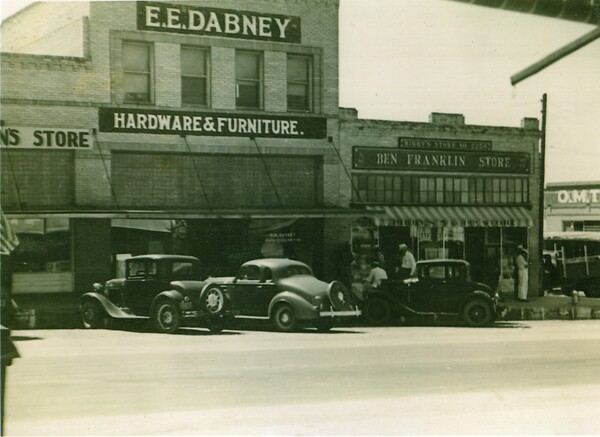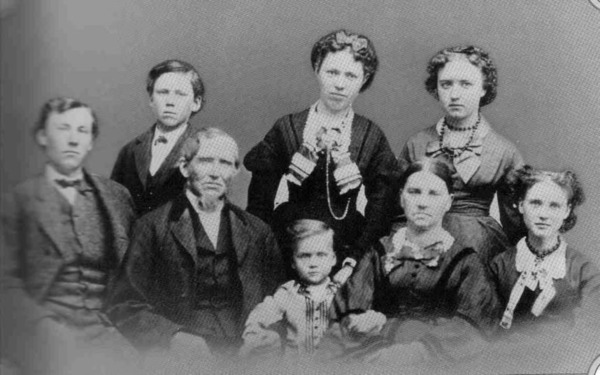Abraham Lincoln was the first President to experience the upswing in popularity of photography during the late 1840's through the 1860's. We are lucky enough to have around 50 distinct portraits of the great man during his life, and we wanted to put together a list of our favorites in chronological order. He went through so much in the last ten years of his life, it's fascinating to see how he went from a clean-shaven young man to a weathered, bearded statesman at the time of his death in 1865.

1846 - This daguerreotype is the earliest confirmed photographic image of Abraham Lincoln. It was reportedly made in 1846 by Nicholas H. Shepherd shortly after Lincoln was elected to the United States House of Representatives.

October 27, 1854 - The second earliest known photograph of Lincoln. From a photograph owned originally by George Schneider, former editor of the Illinois Staats-Zeitung, the most influential anti-slavery German newspaper of the West. Mr. Schneider first met Mr. Lincoln in 1853, in Springfield. "He was already a man necessary to know," says Mr. Schneider. In 1854 Mr. Lincoln was in Chicago, and Isaac N. Arnold invited Mr. Schneider to dine with Mr. Lincoln. After dinner, as the gentlemen were going down town, they stopped at an itinerant photograph gallery, and Mr. Lincoln had this picture taken for Mr. Schneider.
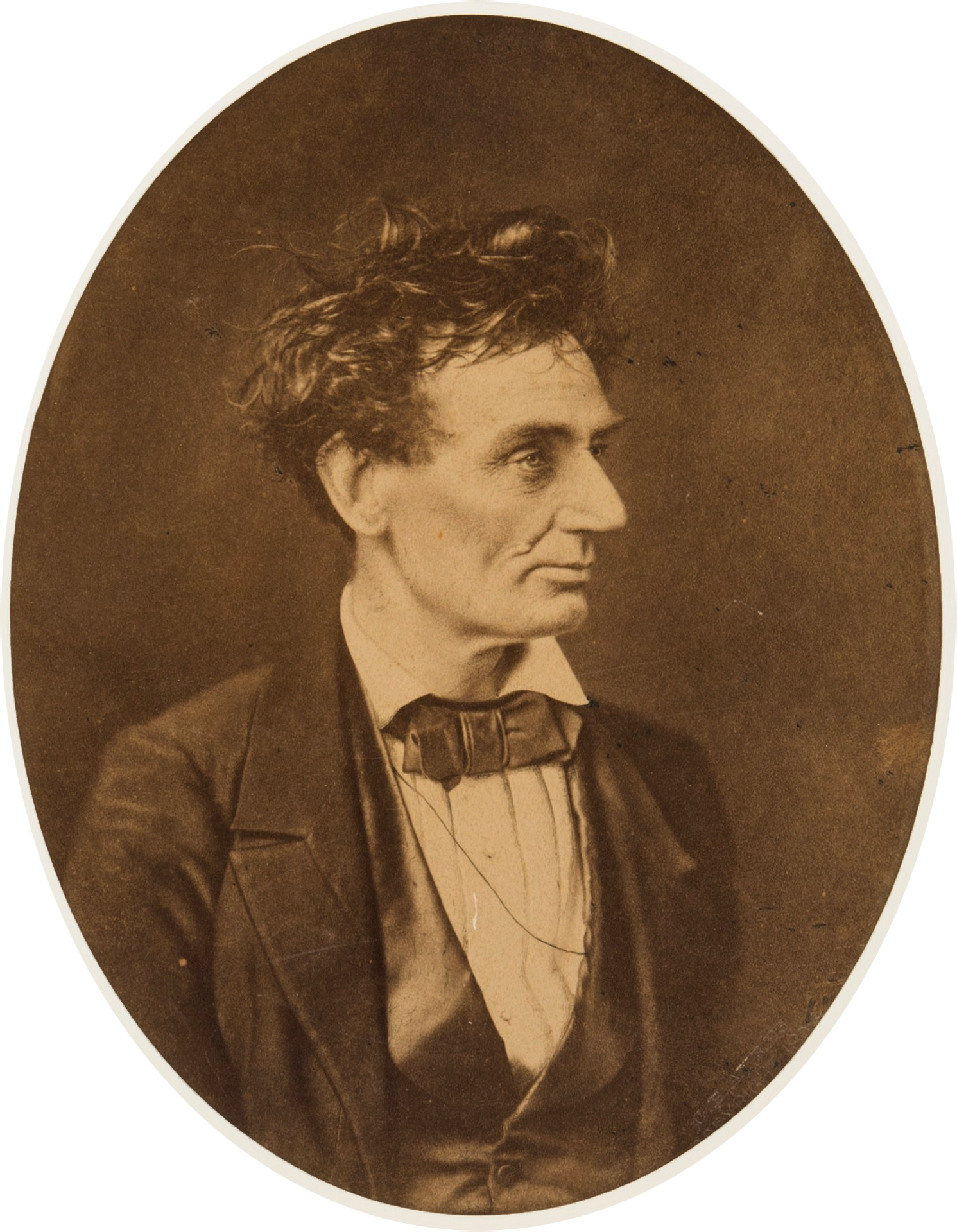
February 28, 1857 - "I have a letter from Mr. Hesler stating that [Lincoln] came in and made arrangements for the sitting, so that the members of the bar could get prints. Lincoln said at the time that he did not know why the boys wanted such a homely face. Joseph Medill went with Mr. Lincoln to have the picture taken. He says that the photographer insisted on smoothing down Lincoln's hair, but Lincoln did not like the result, and ran his fingers through it before sitting." — H. W. Fay of DeKalb, Illinois, original owner of the photo

May 27, 1857 - Although some historians have dated this photograph during the court session of November 13, 1859, and others have placed it as early as 1853, most authorities now believe it was taken on May 27, 1857. The photographer Amon T. Joslin owned "Joslin's Gallery" located on the second floor of a building adjoining the Woodbury Drug Store, in Danville, IL. This was one of Lincoln's favorite stopping places in Vermilion County, Illinois, while he was a traveling lawyer. Joslin photographed Abraham Lincoln twice at this sitting. Lincoln kept one copy and gave the other to his friend, Thomas J. Hilyard, deputy sheriff of Vermilion County. Today, one original resides in the Illinois State Historical Library.
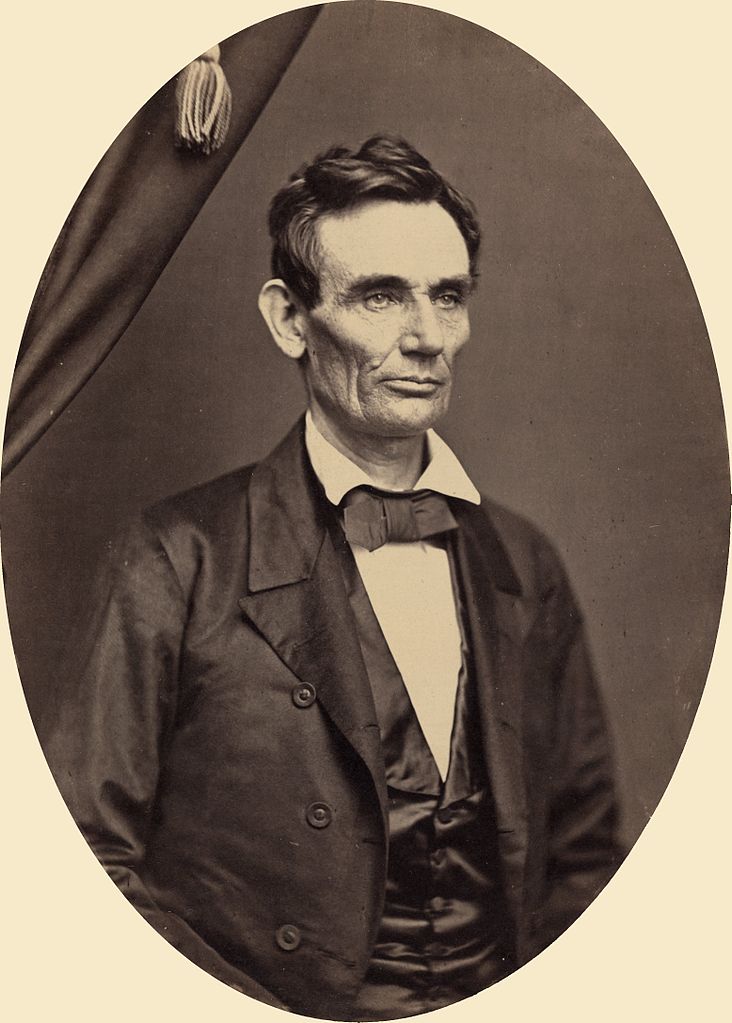
1858 - "...the Photo you have of Abraham Lincoln is a copy of a Daguerreotype, that I made in my gallery in this city [Peoria] during the Lincoln and Douglas campaign. I invited him to my gallery to give me a sitting...and when I had my plate ready, he said to me, 'I cannot see why all you artists want a likeness of me unless it is because I am the homeliest man in the State of Illinois.'"
— R.M. Cole, July 3, 1905 letter to David McCulloch
Lincoln liked this image and often signed photographic prints for admirers. In fact, in 1861, he even gave a copy to his stepmother. The image was extensively employed on campaign ribbons in the 1860 Presidential campaign, and Lincoln "often signed photographic prints for visitors."
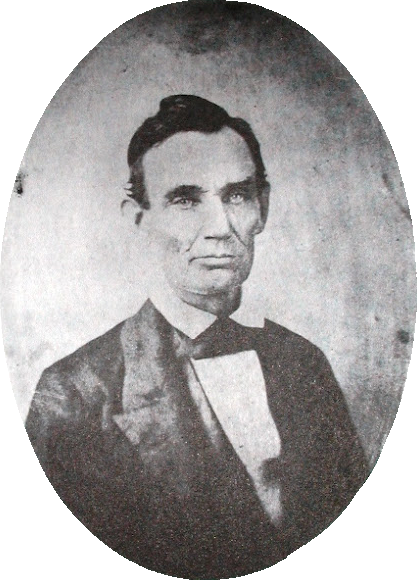
1858 - A Civil War soldier from Parma, Ohio, was the original owner of this portrait, published in the Cleveland Plain Dealer on February 12, 1942, from a print in the Anthony L. Maresh collection. Possibly it is a photographic copy of one of two daguerreotypes, both now lost, taken in Ohio.

May 7, 1858 - Formerly in the Lincoln Monument collection at Springfield, Illinois. Mr. Lincoln wore a linen coat on the occasion. The picture is regarded as a good likeness of him as he appeared during the Lincoln Douglas campaign
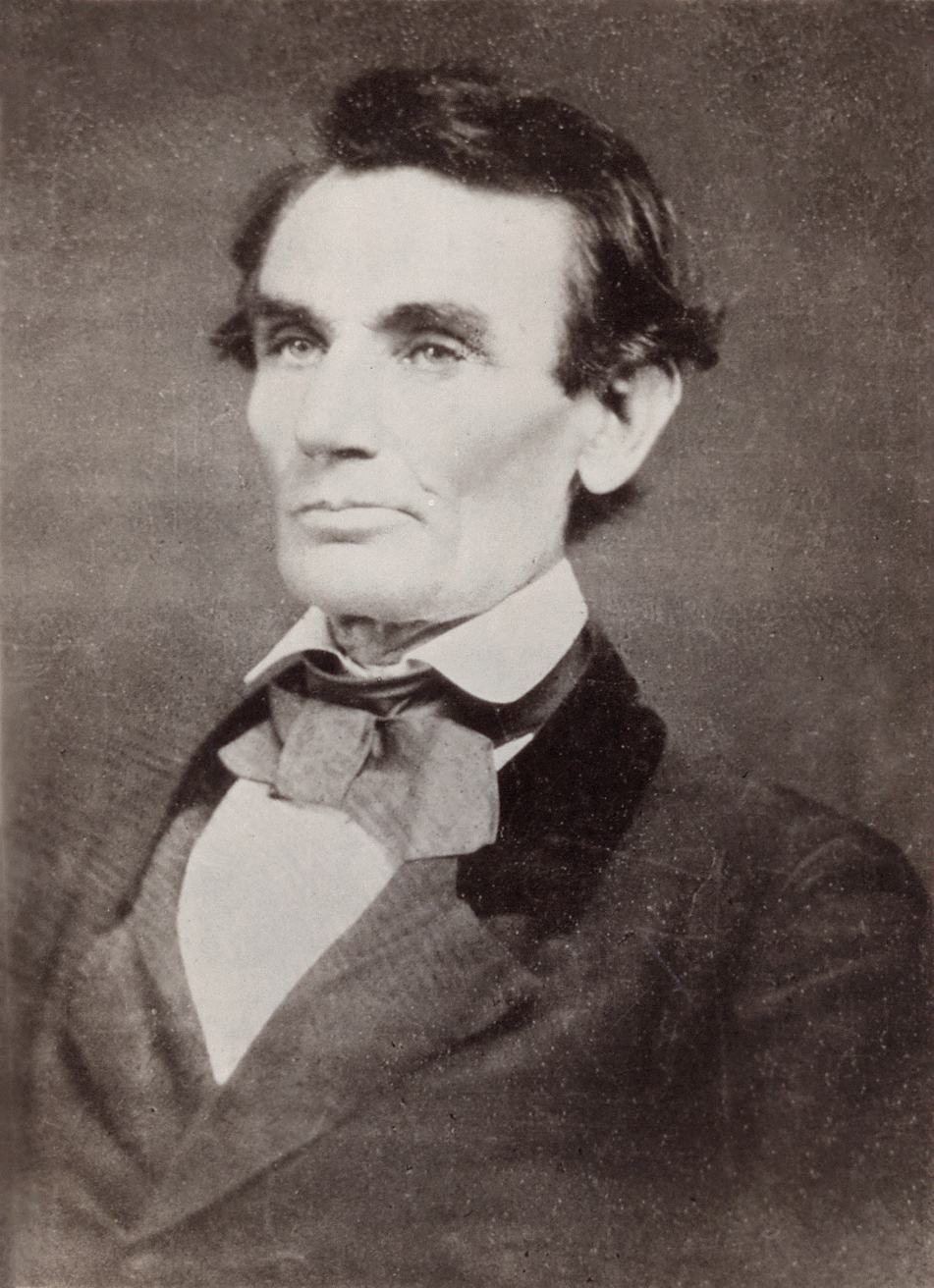
May 25, 1858 - "One morning I was in the gallery of Mr. Alschuler, when Mr. Lincoln came into the room and said he had been informed that he (Alschuler) wished him to sit for a picture. Alschuler said he had sent such a message to Mr. Lincoln, but he could not take the picture in that coat (referring to a linen duster in which Mr. Lincoln was clad), and asked if he had not a dark coat in which he could sit. Mr. Lincoln said he had not; that this was the only coat he had brought with him from his home. Alschuler said he could wear his coat, and gave it to Mr. Lincoln, who pulled off the duster and put on the artist's coat. Alschuler was a very short man, with short arms, but with a body nearly as large as the body of Mr. Lincoln. The arms of the latter extended through the sleeves of the coat of Alschuler a quarter of a yard, making him quite ludicrous, at which he (Lincoln) laughed immoderately, and sat down for the picture to be taken with an effort at being sober enough for the occasion. The lips in the picture show this." — Mr. J. O. Cunningham, present when the picture was taken
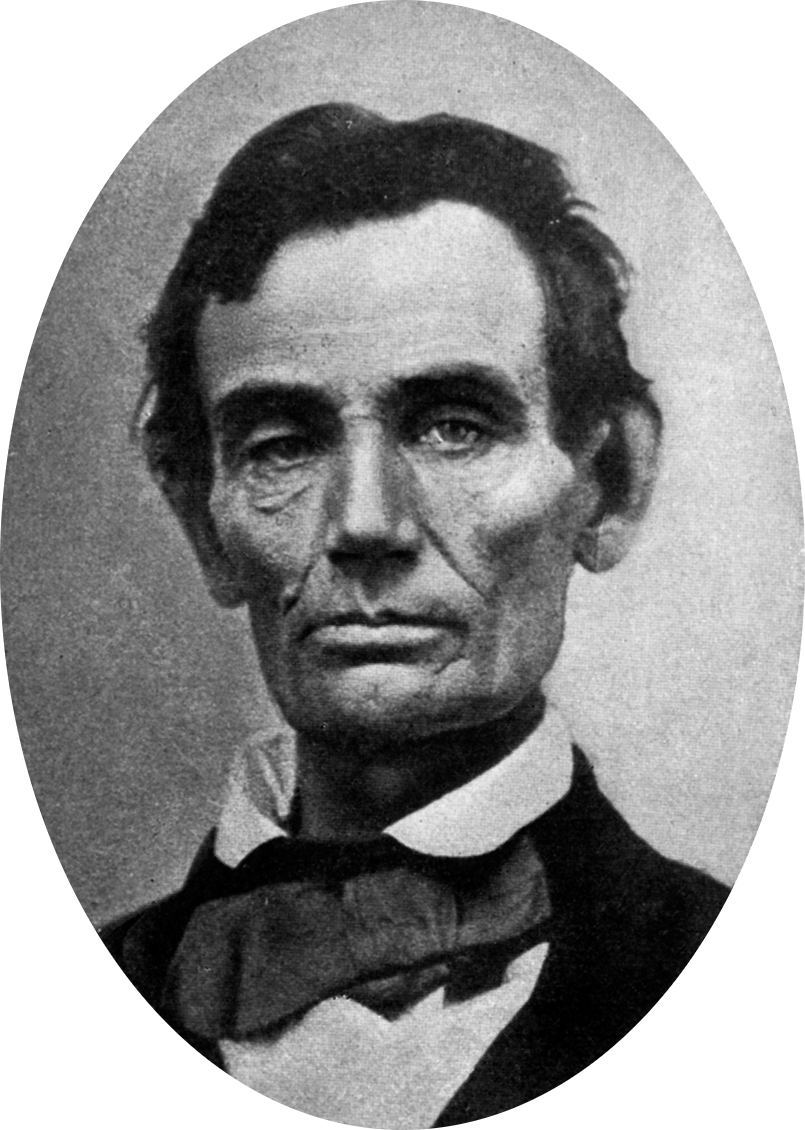
August 26, 1858 - "Mr. Magie happened to remain over night at Macomb, at the same hotel with Mr. Lincoln, and the next morning took a walk about town, and upon Mr. Magie's invitation they stepped into Mr. Pierson's establishment, and the ambrotype of which this is a copy was the result. Mr. Lincoln, upon entering, looked at the camera as though he was unfamiliar with such an instrument, and then remarked: 'Well, do you want to take a shot at me with this thing?' He was shown to a glass, where he was told to 'fix up,' but declined, saying it would not be much of a likeness if he fixed up any. The old neighbors and acquaintances of Mr. Lincoln in Illinois, upon seeing this picture, are apt to exclaim: 'There! that's the best likeness of Mr. Lincoln that I ever saw!' The dress he wore in this picture is the same in which he made his famous canvass with Senator Douglas." — J. C. Power, custodian of the Lincoln monument in Springfield
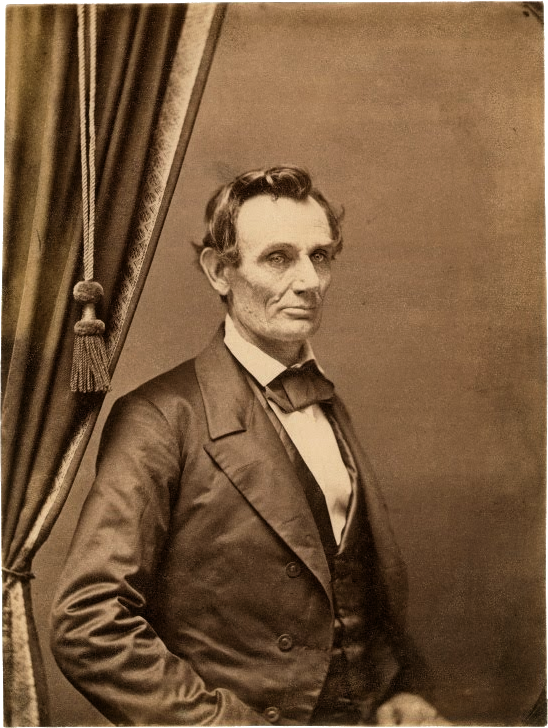
September 26, 1858 - "In 1858 Lincoln and Douglas had a series of joint debates in this State, and this city was one place of meeting. Mr. Lincoln's step-mother was making her home with my father and mother at that time. Mr. Lincoln stopped at our house, and as he was going away my mother said to him: "Uncle Abe, I want a picture of you." He replied, "Well, Harriet, when I get home I will have one taken for you and send it to you." Soon after, mother received the photograph, which she still has, already framed, from Springfield, Illinois, with a letter from Mr. Lincoln, in which he said, "This is not a very good-looking picture, but it's the best that could be produced from the poor subject." He also said that he had it taken solely for my mother." — Mr. K. N. Chapman of Charleston, Illinois, great-grandson of Sarah Bush Lincoln
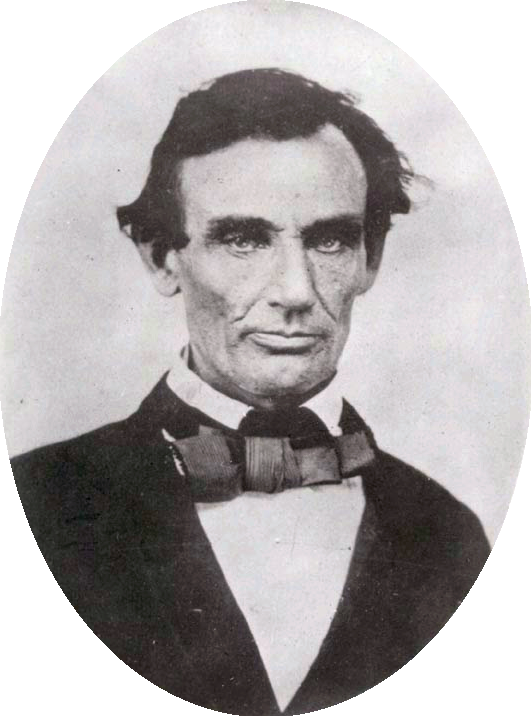
October 1, 1858 - On the afternoon of Friday, October 1, 1858, Lincoln had a luncheon at the home of his attorney friend, Daniel H. Gilmer in Pittsfield, Illinois. Lincoln then headed across the street to the town square, where he spoke for two hours. Following the address, Lincoln, at the request of Gilmer, went to the portable canvas photo gallery of Calvin Jackson on the northeast corner of the square and sat for two ambrotype poses. The photos were soon processed, but one was not finished, probably because it had been overexposed. Lincoln requested that copies of the other be delivered to two Pittsfield friends the following day.
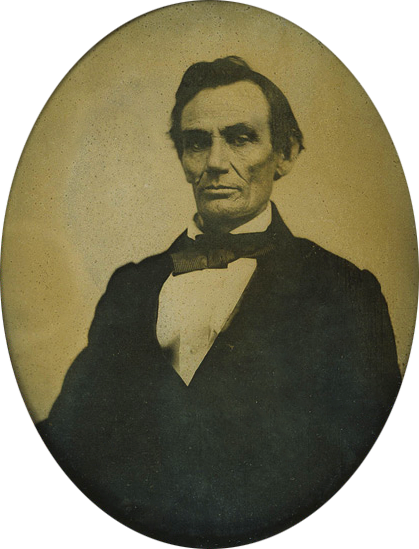
October 11, 1858 - This ambrotype was taken two days before the next to last debate with Douglas in Quincy, Illinois

October 4, 1859 - Lincoln sat for this portrait at the gallery of Cooke and Fassett in Chicago. Cooke wrote in 1865 "Mrs. Lincoln pronounced [it] the best likeness she had ever seen of her husband."

February 27, 1860 - Mathew Brady's first photograph of Lincoln, on the day of the Cooper Union speech. Over the following weeks, newspapers and magazines gave full accounts of the event, noting the high spirits of the crowd and the stirring rhetoric of the speaker. Artists for Harper's Weekly converted Brady's photograph to a full-page woodcut portrait to illustrate their story of Lincoln's triumph, and in October 1860, Leslie's Weekly used the same image to illustrate a story about the election. Brady himself sold many carte-de-visite photographs of the Illinois politician who had captured the eye of the nation. Brady remembered that he drew Lincoln's collar up high to improve his appearance; subsequent versions of this famous portrait also show that artists smoothed Lincoln's hair, smoothed facial lines and straightened his subject's "roving" left eye. After Lincoln secured the Republican nomination and the presidency, he gave credit to his Cooper Union speech and this portrait, saying, "Brady and the Cooper Institute made me President."

May 20, 1860 - Presidential candidate Abraham Lincoln in Springfield, Illinois, two days after he won his party's nomination
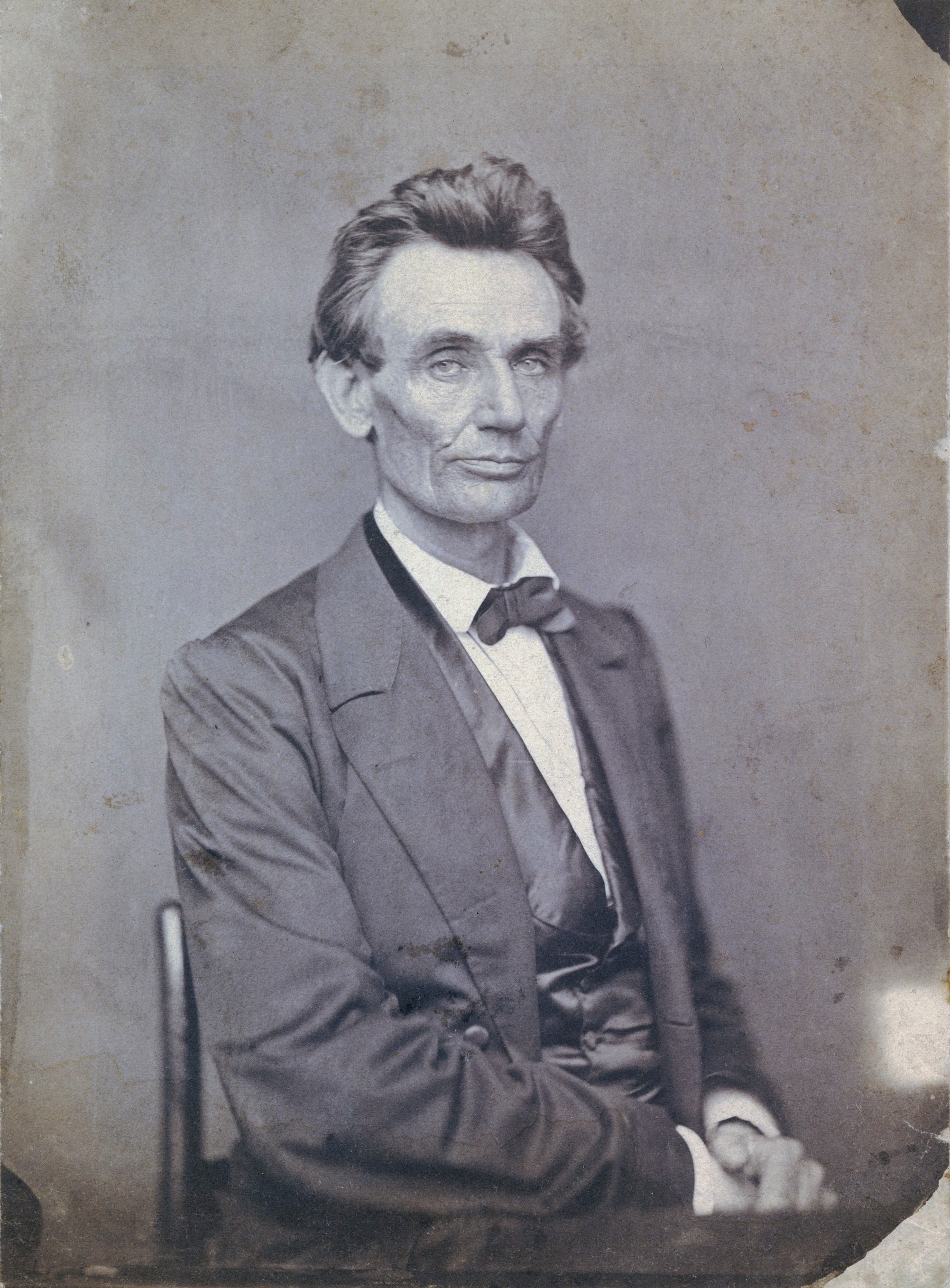
May 20, 1860 - One of five photographs taken by William Marsh for Marcus Lawrence Ward. Although many in the East had read Lincoln's impassioned speeches, few had actually seen the Representative from Illinois

June 3, 1860 - Hesler took a total of four portraits at this sitting. Lincoln's law partner William Herndon wrote of this picture: "There is the peculiar curve of the lower lip, the lone mole on the right cheek, and a pose of the head so essentially Lincolnian; no other artist has ever caught it."

June 3, 1860 - When Lincoln saw this photograph, along with his side view portrait from the same sitting, he remarked "That looks better and expresses me better than any I have ever seen; if it pleases the people I am satisfied."
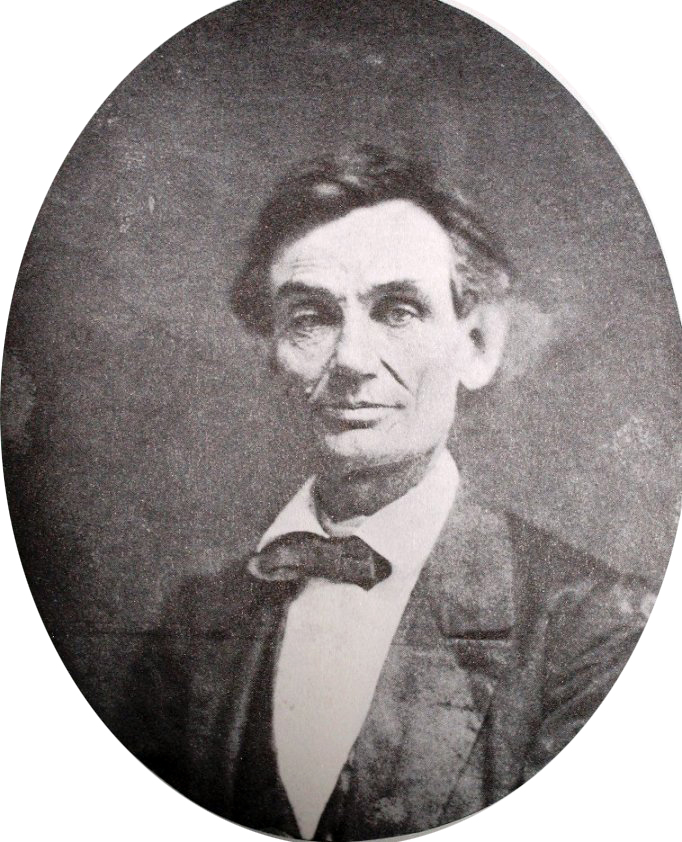
1860 - After this single print was made, the negative was lost when a fire destroyed the photographer's gallery

1860 - A study of Lincoln's powerful physique, this full-length photograph as taken for use by sculptor Henry Kirke Brown, and was found among his effects in 1931
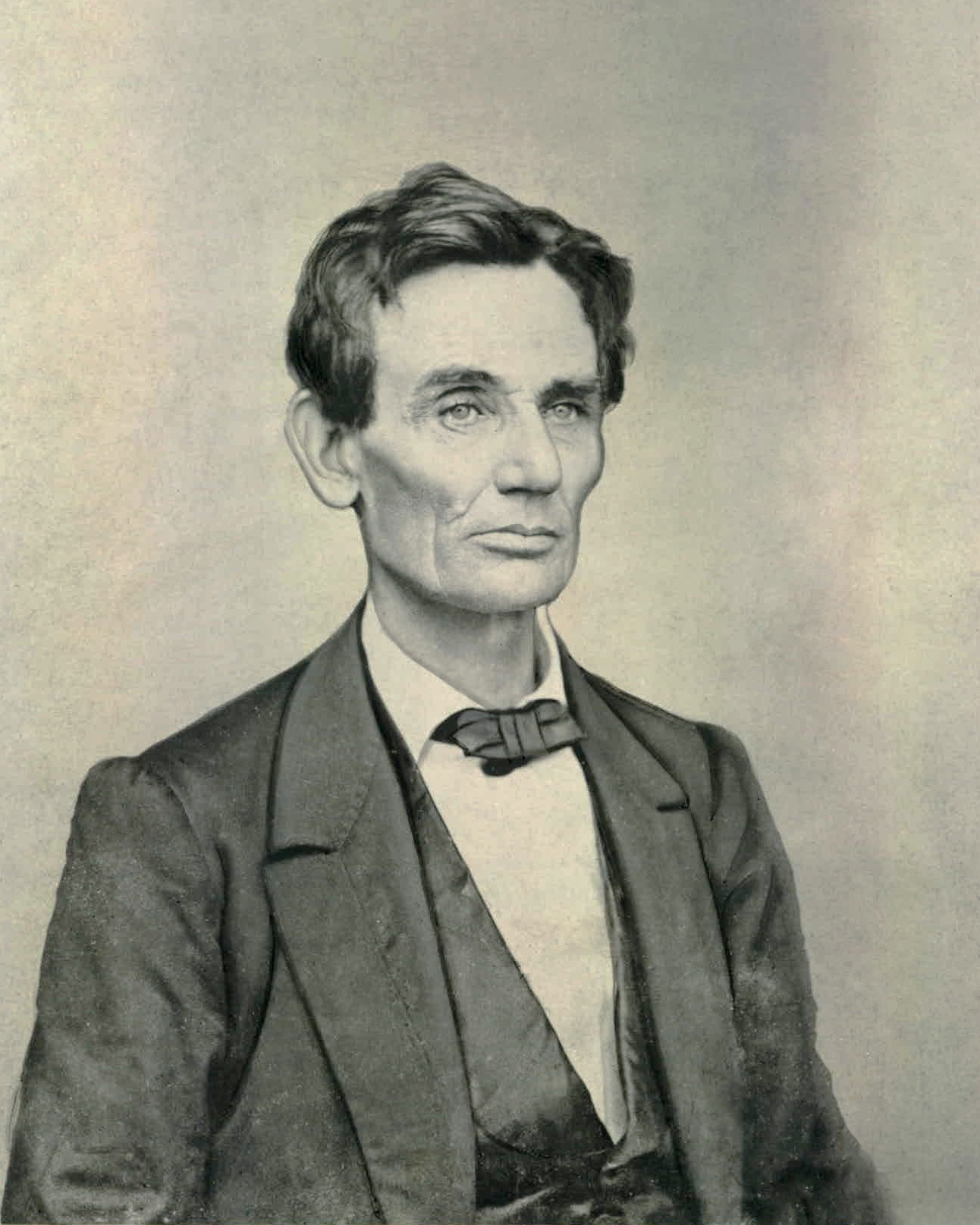
Summer, 1860 - This image has been heavily retouched at some point. Lincoln's neck, skin and cheek lines are smoothed out, and the bag under the right eye has been diminished
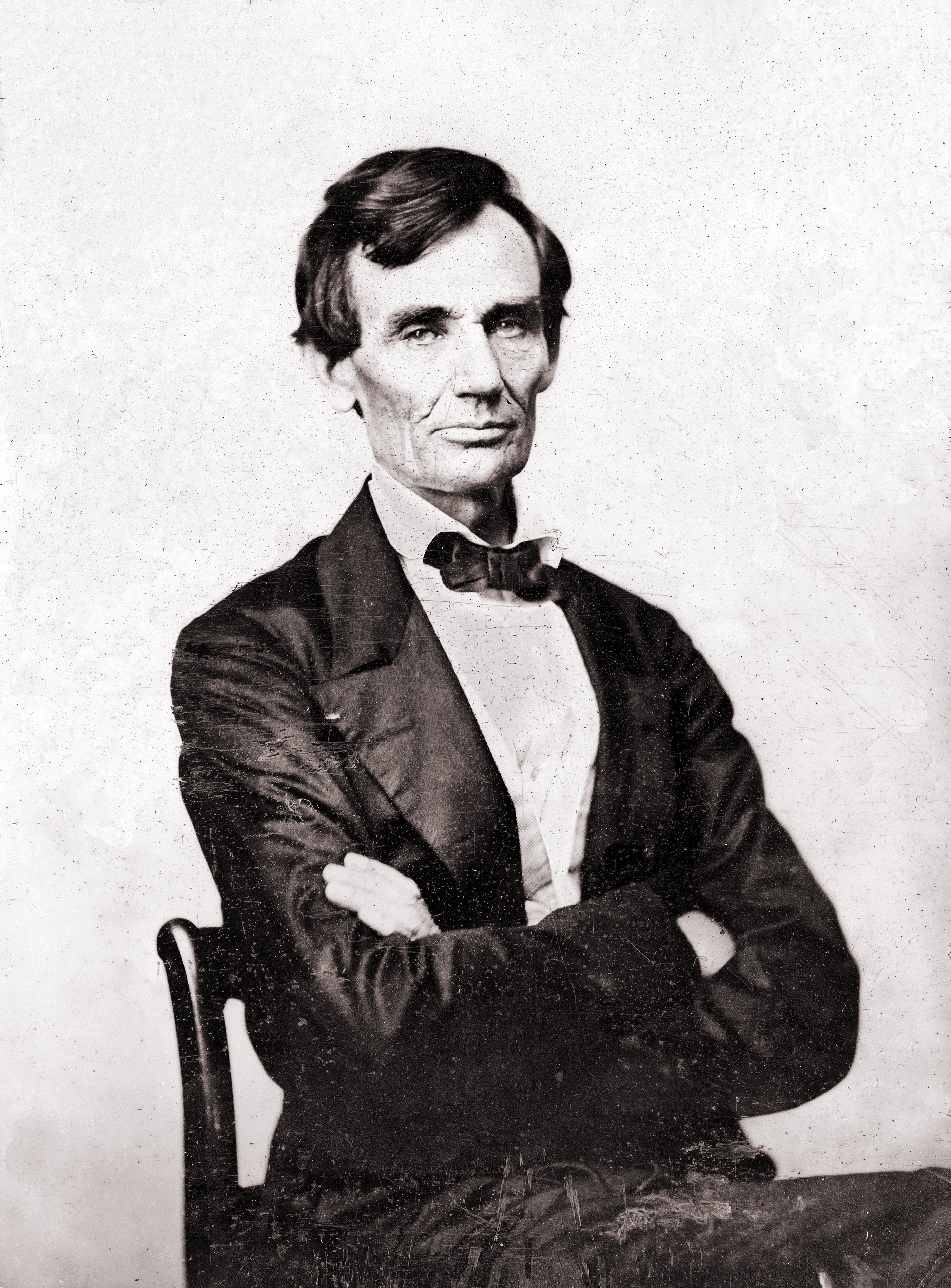
August 13, 1860 - The last beardless photograph of Lincoln. John M. Read commissioned Philadelphia artist John Henry Brown to paint a good-looking miniature of Lincoln "whether or not the subject justified it". This ambrotype is one of six taken on Monday, August 13, 1860 in Butler's daguerreotype studio (of which only two survive), made for the portrait painter.

February 9, 1861 - This photograph was taken two days before he left Springfield en route to Washington, DC, for his inauguration

February 24, 1861 - Taken during President-elect Lincoln's first sitting in Washington, D.C., the day after his arrival by train

Spring, 1861 - The first photographic image of the new president. Remarkably, it is not known where or by whom this portrait was taken; the few known examples carry imprints of several different photographers: C.D Fredericks & Co. of New York; W.L. Germon and James E. McLees, both of Philadelphia. This example has been termed "the most valuable Lincoln photo in existence" and sold at auction in 2009 for $206,500
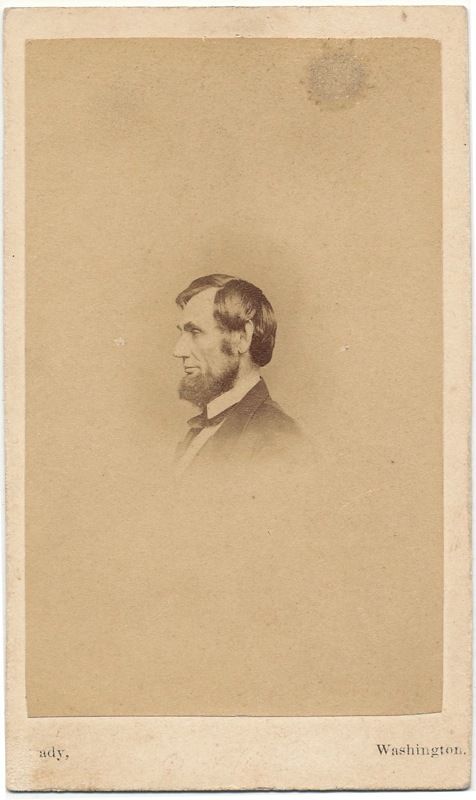
February 1862 - Taken soon after the death of Lincoln's son Willie. Governor Joseph W. Fifer of Illinois, after seeing this image, commented "The melancholy seemed to roll from his shoulders and drip from the ends of his fingers.

April 17, 1863 - Mathew Brady Studios' photograph operator, Thomas Le Mere, thought it would be a "considerable call" to capture a full-length portrait of the President. He did so in this instance with a multiple lens camera in Brady's Gallery

August 9, 1863 - Lincoln's "Photographer's Face". Per Dr. James Miner, "His large bony face when in repose was unspeakably sad and as unreadable as that of a sphinx, his eyes were as expressionless as those of a dead fish; but when he smiled or laughed at one of his own stories or that of another then everything about him changed; his figure became alert, a lightning change came over his countenance, his eyes scintillated and I thought he had the most expressive features I had ever seen on the face of a man."

November 8, 1863 - This famous image of Lincoln was photographed by Alexander Gardner on November 8, 1863, just weeks before he would deliver the Gettysburg Address. It is sometimes referred to as the "Gettysburg portrait," although it was actually taken in Washington. As Lincoln had previously done in August 1863, he visited Gardner's studio on a Sunday afternoon. He posed for several additional portraits during this session.
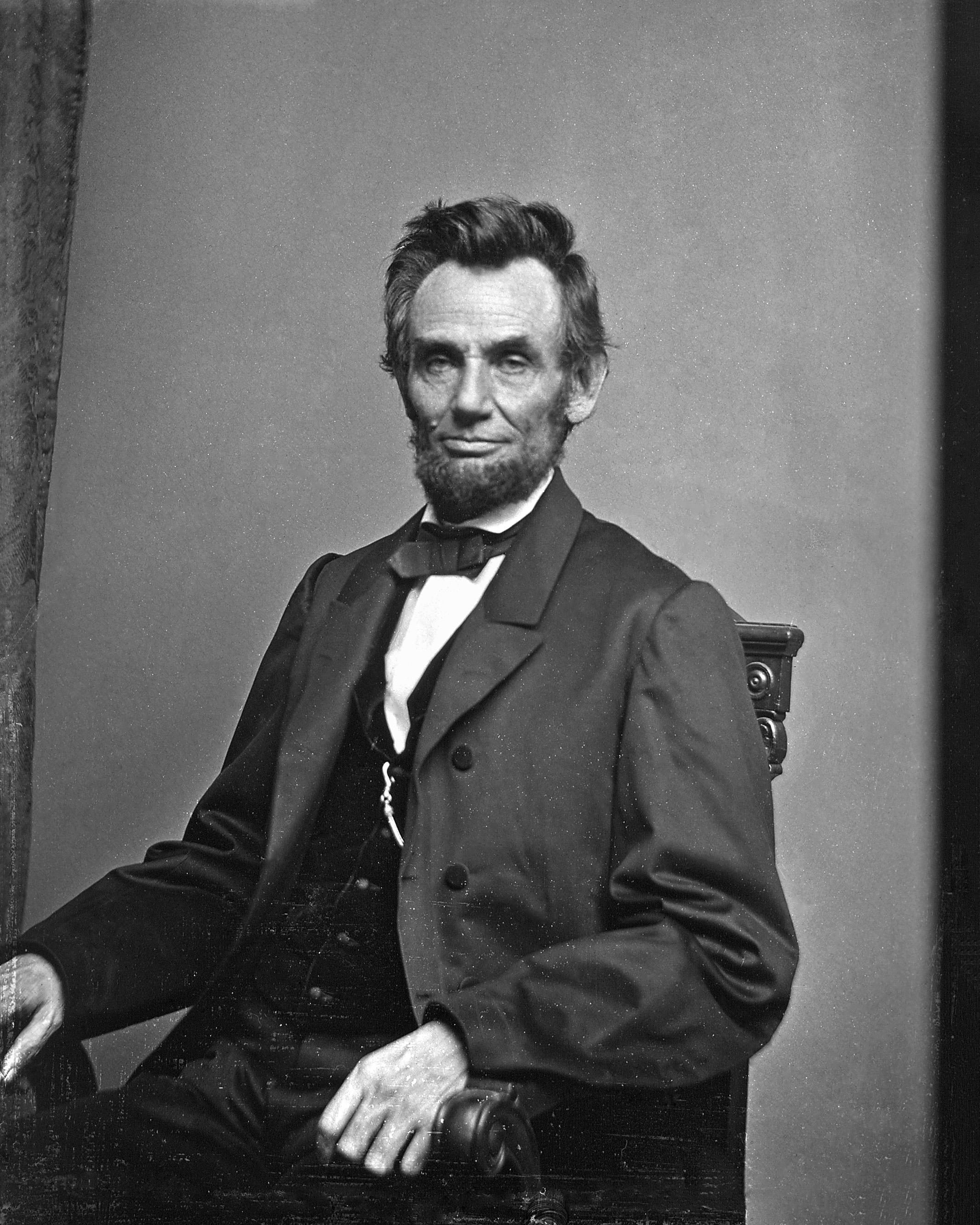
January 8, 1864 - Lincoln visited Mathew Brady's studio in Washington, D.C. on at least three occasions in 1864. Several portraits survive from each session.

February 9, 1864 - "The Penny Profile". Berger was the manager of Mathew Brady's Gallery when he took multiple photographs at this Tuesday sitting. In 1909 Victor David Brenner used this image and one other similar image from this sitting to model the Lincoln cent.

February 1865 - The short haircut was perhaps suggested by Lincoln's barber to facilitate the taking of his life mask by Clark Mills. Lincoln knew from experience how long hair could cling to plaster. From an 1865 stereograph long attributed to Mathew Brady, was actually taken by Lewis Emory Walker, a government photographer, about February 1865 and published for him by the E. & H. T. Anthony Co., of New York.

February 5, 1865 - According to Frank Goodyear, the National Portrait Gallery's photo curator, "This is the last formal portrait of Abraham Lincoln before his assassination. I really like it because Lincoln has a hint of a smile. The inauguration is a couple of weeks away; he can understand that the war is coming to an end; and here he permits, for one of the first times during his presidency, a hint of better days tomorrow."
If you liked this story, hit the "Share" button below to share it with friends...
